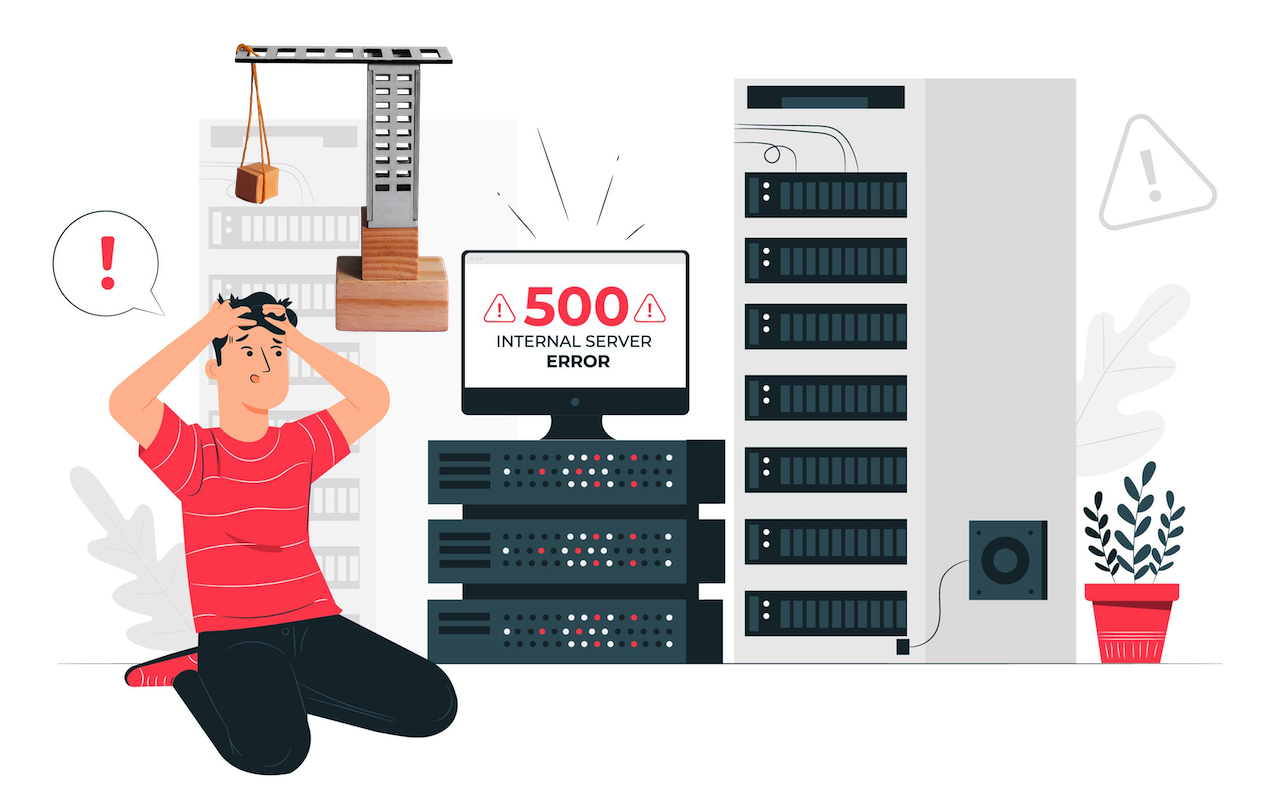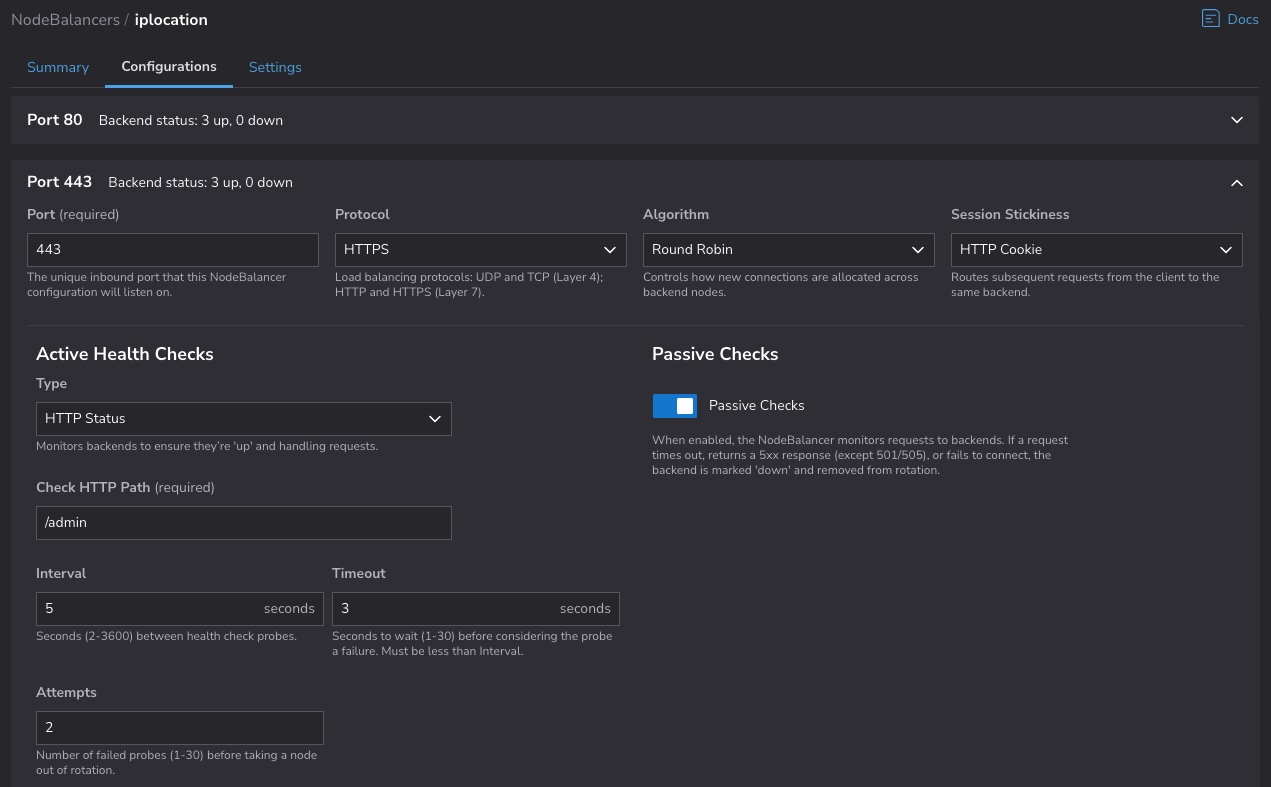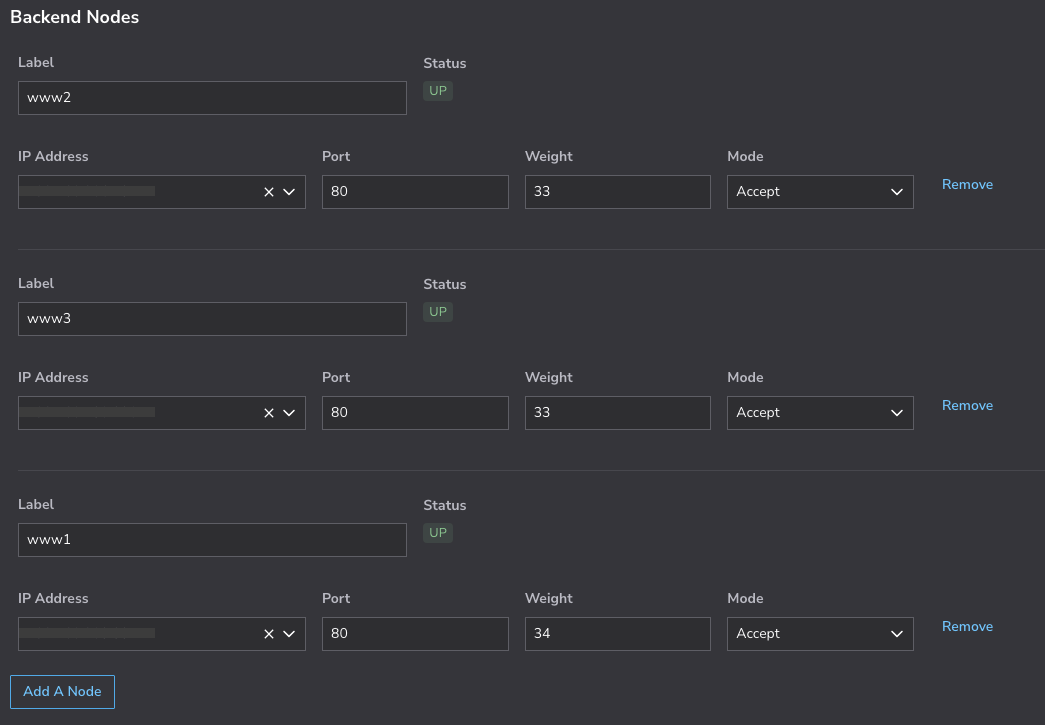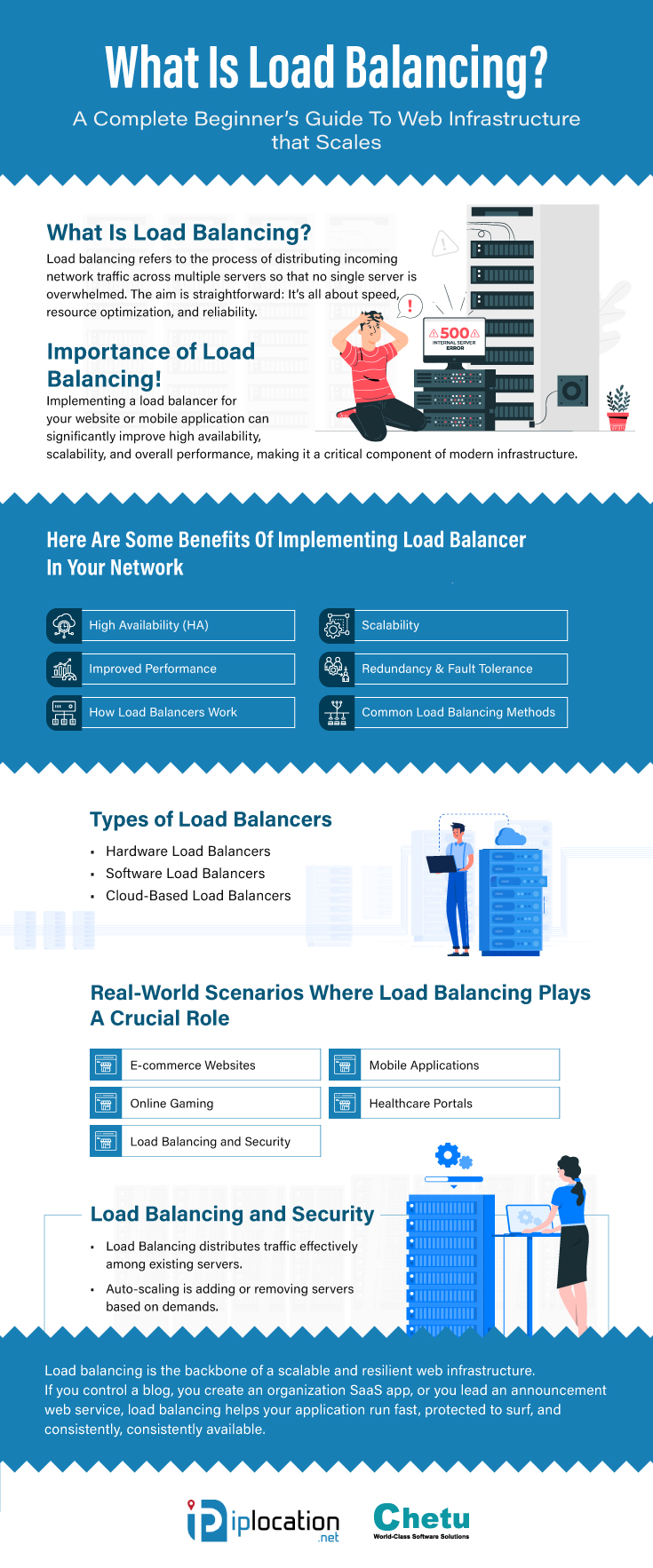
From web sites to web based applications, modern day applications need to be fast, reliable and always available. As your business grows, you have more users visiting your website. But how do you get to run smoothly even on peak traffic days? This is where load balancing gets activated.
If you are a developer, IT manager or simply interested in the way modern web infrastructure works, keep reading: we will cover what load balancing is, why it matters, and how it contributes to "neat" website and app scaling low.
What Is Load Balancing?
Load balancing refers to the process of distributing incoming network traffic across multiple servers so that no single server is overwhelmed. The aim is straightforward: It’s all about speed, resource optimization, and reliability.
It’s like one of those highway toll booths that has multiple lanes. Rather than pass through a single lane like all other cars, they’re spread out across several, minimizing backups and wait times.
In web infrastructure, this means balancing user requests (like opening a webpage, downloading files, accessing a service, etc) to the best-available server directly and in real-time.
Importance Of Load Balancing
At iplocation.net, we've been providing IP address-to-location mapping services since 2006. Over the years, we've routinely faced DDoS attacks—some lasting only minutes, while others persisted for weeks—prompting us to implement strategies to mitigate them effectively.
One of the key solutions we adopted was a load balancer. While load balancers help distribute traffic across multiple servers, they alone are not sufficient to handle large-scale DDoS attacks. In such cases, reverse proxies like Incapsula and Cloudflare have proven to be more effective in mitigating malicious traffic.
Implementing a load balancer for your website or mobile application can significantly improve high availability, scalability, and overall performance, making it a critical component of modern infrastructure. Here are some benefits of implementing load balancer in your network.
High Availability (HA)
It stops websites from crashing in case of a single machine failure. Traffic is automatically routed to other healthy servers within the network.
Scalability
You could add more servers behind the load balancer as user traffic increases, and there are no user-facing disruptions.
Improved Performance
The load balancers evenly distribute workload so that no server is overloaded, and thus response time is faster.
Redundancy & Fault Tolerance
When a server crashes or goes down, a load balancer redistributes the traffic to active servers, preventing outages.
How Load Balancers Work
Load balancer is the bridge between your users and the backend servers. When a user sends a request, based on different algorithms and current server conditions, the load balancer decides which servers should serve the request.
Common Load Balancing Methods
- Round Robin: Distributes based on circular order in which requests are sent to the servers (1,2,3,1,2,3…).
- Least Connections: Sends traffic to the server with the lowest number of connections.
- IP Hash: Routes requests based on the incoming IP address, good for session persistence.
- Weighted Distribution: Distributes more traffic on stronger servers with extra resources.
Types of Load Balancers
Hardware Load Balancers
These are physical machines housed in data centers. They are powerful but costly, and must be managed manually.
Software Load Balancers
On premises, on top of existing infrastructure or virtual systems For example: HAProxy, Nginx and Apache HTTP Server.
Cloud-Based Load Balancers
Available as a managed service from cloud providers such as AWS, Azure, Akamai, and Google Cloud. They automatically scale, eliminating operational overhead.
We've been utilizing Akamai's cloud load balancer to manage traffic across our infrastructure, and it has proven to be a game-changer in making our website more fault-tolerant. As shown in the screenshot below, Akamai offers several configuration options that allow you to tailor the load balancer to your specific needs.

We configured our load balancer to handle both HTTP (port 80) and HTTPS (port 443) traffic, distributing the load across three backend nodes to serve our website. As shown in the screenshot below, you can assign traffic percentages (weights) to each server and easily enable or disable traffic to specific nodes during maintenance windows.

Real-World Scenarios Where Load Balancing Plays a Crucial Role
E-commerce Websites
For example, a holiday sale may attract lots of traffic to an online store. Load balancers help distribute that traffic, so users are able to browse and check out smoothly, even if hundreds or thousands all are online simultaneously.
Mobile Applications
Load balancing deployed at scale is what allows apps with millions of users forever, like Instagram or Uber, to respond instantly to requests and keep data consistent across regions.
Online Gaming
In competitive or launch loaded form of multiplayer games, load balancing prevents low latency causing performance monument for gaming activities.
Healthcare Portals
Traffic to health portals sky-rockets during public health crises. These mission-critical sites must be working, and load balancing guarantees that they are.
Do you work in privacy or data protection?
Load Balancing and Security
Load balancers can also act as a first line of defense against attacks:
- DDoS Defense :They identify and stop abnormal high levels of traffic.
- SSL Termination: Load balancers can offload SSL decryption to alleviate the load on backend servers.
- Web Application Firewall (WAF) Integration: Certain sophisticated load balancers complement firewall capabilities, which serve to stop harmful traffic.
Difference between Load Balancer and Auto-Scaling
Load balancing and auto-scaling are related but different concepts.
- Load Balancing distributes traffic effectively among existing servers.
- Auto-scaling is adding or removing servers based on demands.
Combined, this is a potent cocktail for building resilient, cost-effective, and scalable web architectures.
Common Load Balancers and Load Balancing Services
Some of the popular tools and services that provide load balancing functionality include:
| Tools / Services | Types | Features |
|---|---|---|
| HAProxy | Software | Open-source, high-performance |
| Nginx | Software | Lightweight, taihotozako |
| AWS ELB | Cloud | Managed, auto-scaling |
| Google Cloud LB | Cloud | Global load balancing, built-in CDN |
| Azure LB | Cloud | Layer 4 and 7 balancing options |

Final Thoughts
Load balancing is the backbone of a scalable and resilient web infrastructure. If you control a blog, you create an organization SaaS app, or you lead an announcement web service, load balancing helps your application run fast, protected to surf, and consistently, consistently available.
By grasping the correct load balancing strategies and applying them, you will lay the groundwork for a seamless user-facing experience — regardless of the size of your audience.
Share this post
Leave a comment
All comments are moderated. Spammy and bot submitted comments are deleted. Please submit the comments that are helpful to others, and we'll approve your comments. A comment that includes outbound link will only be approved if the content is relevant to the topic, and has some value to our readers.

Comments (0)
No comment